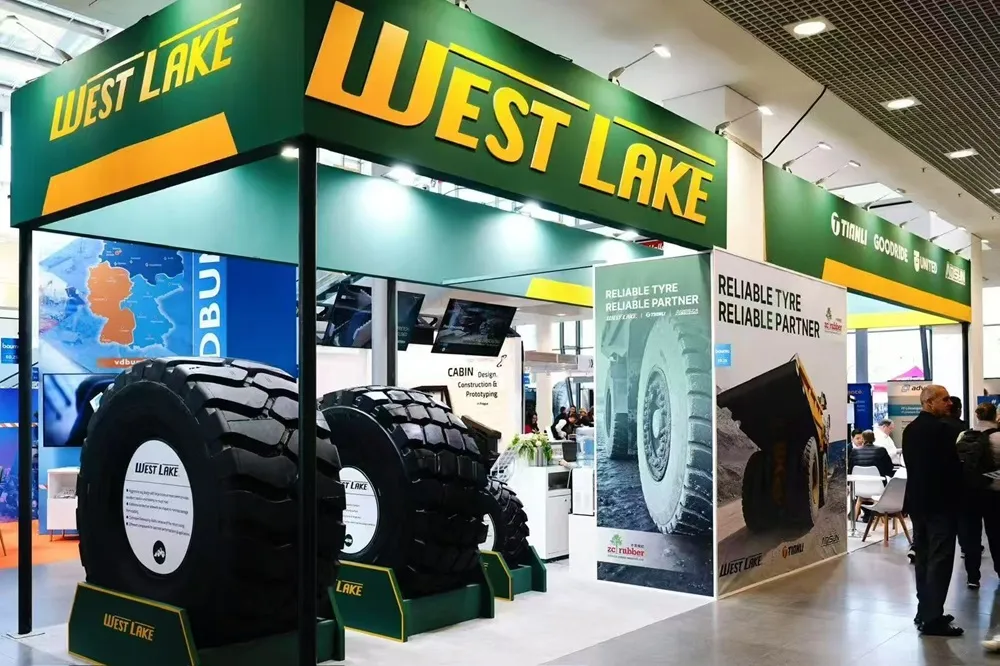In this feature in the tyre maintenance series, we speak with Alliance Manager Field Service Europe, Gerrit Vinkers on the best practice for tyre maintenance.
Alliance and Gerrit Vinkers talk tyre care
The general mindset of most drivers, be they domestic or professional users is that tyres are black and round and unless something goes wrong, they can be left to their own devices. Of course, things could not be further from the truth and increasingly fleets are directing drivers to check tyres every day. Some technology can require checks to be carried out before the vehicle can be driven but not all vehicles are quipped with that technology.
Commercial Tyre Business asked Vinkers how often should tyres be inspected for pressure and damage?
Vinkers responded; “Regular tyre inspections should be part of routine machine maintenance. This includes checking inflation pressure and looking for visible damage, such as cuts. As a best practice, we recommend checking tyres at least once a week—or more frequently if pressure adjustments are needed for different tasks. When working in rough conditions with sharp stones or other hazards, inspections should be even more frequent to catch potential damage early.”
Of course, checks are one thing but knowing what to look for is something else, for example, what are the warning signs of imminent tire failure?
“Some early warning signs of tyre failure include: changes in shape, such as bulges or cracks in the sidewall or tread, discoloration, such as a bluish tint on the rubber;” says Vinkers.
“These visible changes indicate that a tyre needs further inspection. If cuts or punctures are found, it’s advisable to consult a repair specialist to determine whether the tyre can be safely repaired. Using a tyre with exposed wires allows moisture to infiltrate the casing, leading to rapid deterioration and potential failure. However, if cuts are detected and repaired in time, the tyre can often continue to perform effectively and reach its full lifespan.”
In commercial vehicles there are perhaps factors that can impact on tyres, and certainly in the agricultural sector use and location have to be considered. So, we asked, does load and route impact how tyres should be maintained?
“Yes,” says Vinkers. “Tyre maintenance is directly affected by load, speed, and the type of route taken. When traveling on roads for extended periods, using the correct nominal inflation pressure helps minimisze rolling resistance and fuel consumption.
To determine the correct inflation pressure, it is essential to know the actual load on each tyre. With this information and the expected travel speed, the manufacturer’s load-inflation table can provide the appropriate pressure settings. Always check tyre pressure when the tyres are cold, as pressure naturally increases when the tyres are in use.
The environment in which tyres operate also plays a key role in their longevity. Harsh conditions require more frequent and thorough inspections to prevent premature wear and damage.”
If a tyre needs repairing, what are the criteria to ensure that the repair is legal, and carried out effectively? This may seem a rather obvious answer, however, it is one that needs reinforcing as social media is awash with some really questionable pracvtices – and not all from third world sources.
“Tyre repairs should always be carried out by a certified technician, who can properly assess and execute the repair. Whether a repair is economically viable depends on the type, size, and cost of the tyre. While many repairs are technically possible, each comes with its own considerations regarding safety and cost-effectiveness.
“Proper tyre maintenance ensures that tyres reach their full lifespan at the lowest possible cost,” concluded Vinkers.








